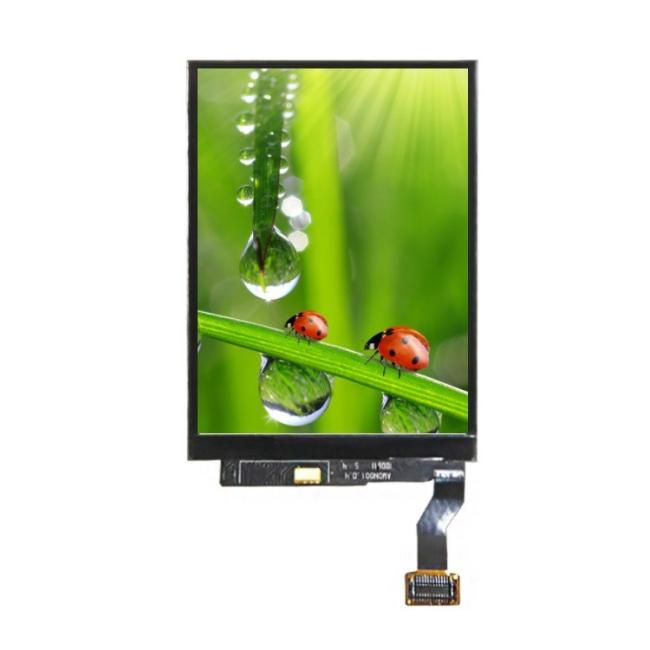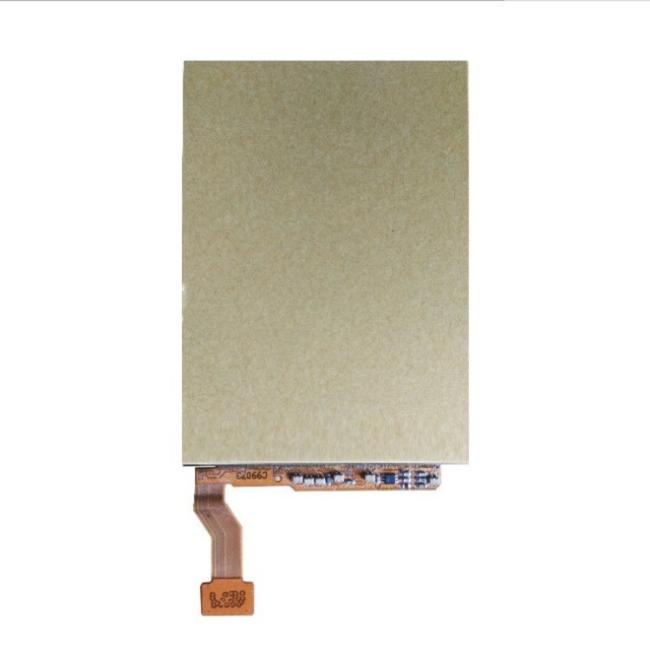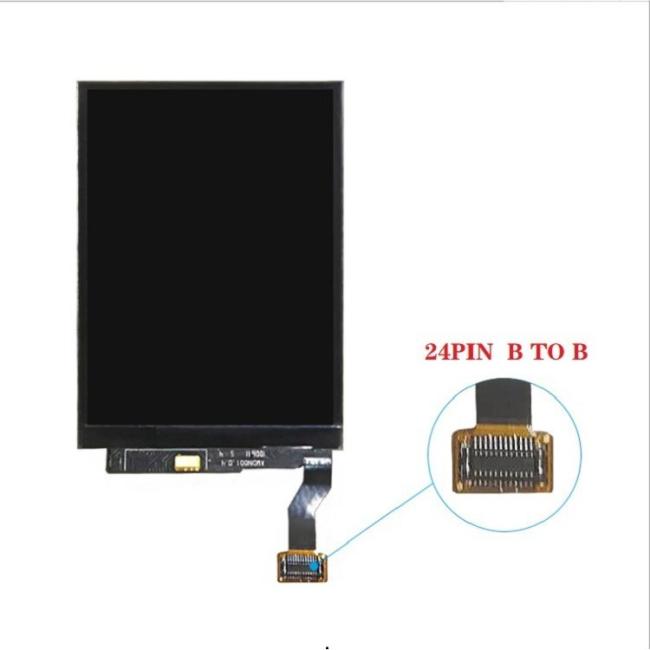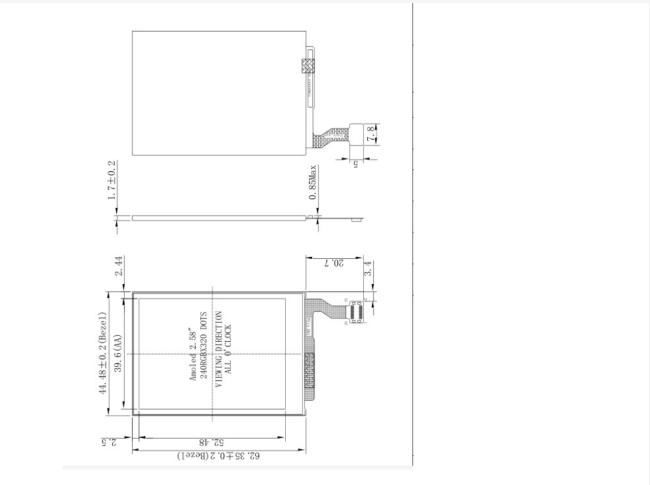2.6
Inch
High
Resolution
OLED
Display
-
240×320
Resolution
-
24pins
MCU
Interface
-
All
View
Angle
Product
Description
The
HXS258DN01
is
a
2.6
inch
AMOLED
display
module
with
240×320
resolution,
all
view
angle
capability,
and
24pins
MCU
interface.
OLED
Product
Knowledge
Key
Advantages
of
AMOLED
Displays
-
Perfect
Blacks
&
Infinite
Contrast
-
Vibrant
Colors
&
Wide
Gamut
-
Ultra-Fast
Response
Times
-
Flexibility
&
Thin
Designs
-
Energy
Efficiency
-
Always-On
Displays
(AOD)
-
Superior
Viewing
Angles
-
HDR
Performance
AMOLED
Disadvantages
AMOLED
is
more
expensive
than
LCD
and
TFT,
has
a
shorter
lifetime
than
LCD
and
TFT,
and
has
lower
peak
brightness
in
sustained
use.
Huaxin
Advantage
-
Factory
base
located
at
inland
city
which
has
cost
effective
-
Most
advanced
new
equipment
which
can
keep
quality
stable
-
Most
processes
using
fully
automatic
equipment
which
has
efficiency
and
stable
quality
-
Professional
engineers
and
production
leaders
who
work
in
LCD
field
for
more
than
20
years
-
Self
design
for
customized
product
Our
Certifications
-
ISO14001
-
ISO9001/IATF16949
-
SGS
of
LCD
module
Company
Information
Huaxin
Technology
(Enshi)
Co.,
LTD
-
Location:
Hubei,
Enshi
-
Date
of
foundation:
2009
-
High
technology
enterprise
mainly
working
on
research
and
development,
producing
and
selling
LCD,
LCM,
TFT,
backlight,
OLED
-
LCD
includes:
VA,
TN,
HTN,
STN,
FSTN,
CSTN
and
other
series
-
LCM
includes:
COB,
TBA,
COG,
TP,
LED
backlight
and
other
series
-
Register
capital:
Twenty
million
-
Current
staff:
500+
-
R&D
accounts
for
10%
-
QC
accounts
for
15%
Production
Capacity
|
Annual
Production
Capacity
|
2021
(Current)
|
2022
(Goal)
|
2023
(Challenge)
|
2024
(Challenge)
|
2025
(Challenge)
|
|
LCD
Production
Capacity
|
4.5
|
9
|
9
|
9
|
9
|
|
LCM
Production
Capacity
|
70
|
150
|
300
|
450
|
450
|
|
Backlight
Production
Capacity
|
100
|
200
|
300
|
500
|
500
|
|
OLED
Production
Capacity
|
10
|
20
|
30
|
40
|
50
|
LCD
Production
Capacity:
Unit:
thousands
of
logarithms/Day
LCM
Production
Capacity:
Unit:
Thousand
piece/Day
Backlight
Production
Capacity:
Unit:
Thousand
piece/Day
OLED
Production
Capacity:
Unit:
Thousand
piece/Day
Power
Efficiency
Comparison
How
does
the
power
efficiency
of
AMOLED
displays
compare
to
other
display
technologies?
Power
Consumption
-
AMOLED
displays
consume
power
on
a
per-pixel
basis,
meaning
that
pixels
that
display
black
or
dark
content
consume
very
little
power
-
LCD
and
LED
displays
require
a
constant
backlight
that
consumes
power
regardless
of
the
displayed
content
Content
Dependency
-
AMOLED
displays
are
more
power-efficient
for
content
with
dark
or
black
areas
-
LCD
and
LED
displays
consume
a
relatively
constant
amount
of
power
regardless
of
content
Brightness
Control
-
AMOLED
displays
can
dynamically
adjust
the
brightness
of
individual
pixels
-
LCD
and
LED
displays
typically
have
a
fixed
backlight
brightness
Display
Size
-
AMOLED
displays
tend
to
be
more
power-efficient
for
smaller
display
sizes
-
Larger
LCD
and
LED
displays
may
require
more
power-hungry
backlights








